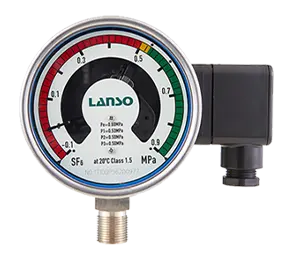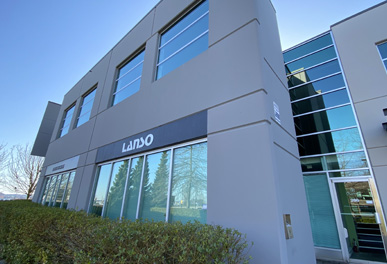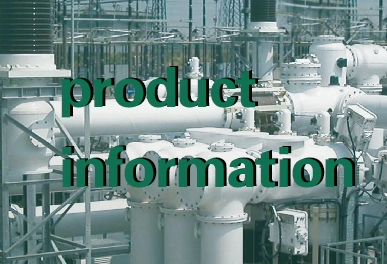In industries such as power and chemical, SF6 gas's moisture content is crucial to the safe operation of equipment. Thus, choosing an SF6 gas laser moisture meter suitable for field use becomes an important task. This article will introduce how to choose based on key factors, ensuring the selected device meets technical requirements and is easy to operate.
Key Factors to Consider When Choosing SF6 Gas Laser Moisture Meters
Measurement Speed and Gas Consumption
For field use, measurement speed is key. Choosing laser moisture meters that can quickly reach dew point saturation after turning on will greatly improve work efficiency. Meanwhile, considering environmental protection and economic efficiency, testers that consume less gas should be prioritized to reduce the usage of SF6 gas.
Joint Safety and Data Storage
Joints are an important part of the tester, choosing safe and reliable designs such as German original import self-locking joints can effectively prevent leakage and ensure safety. Additionally, testers with large-capacity data storage can easily record and analyze test data, providing strong support for subsequent decisions.
Clear Display and Portability
A good laser moisture meter should have a clear display screen that can directly show key information such as dew point, moisture content, ambient temperature and humidity. Also, considering the convenience of field work, the portability of the tester is also an important factor. Choosing a design that is light and easy to carry will make field work easier and more efficient.
Built-in Power Source and Continuous Working Capability
A built-in rechargeable battery is essential for the continuous operation of a laser moisture meter. Choosing those that can provide long continuous working capacity will effectively reduce work interruptions due to insufficient battery power.
Suggestions for Safe Use of SF6 Gas Laser Moisture Meters
Besides choosing the right laser moisture meters, ensuring its safe use is also important. Carefully read the manual before operation to understand all functions and procedures; use self-locking joints to prevent leakage; periodically calibrate the instrument to ensure measurement accuracy; use dry nitrogen gas for purging after measurement to protect the sensor; charge in a timely manner and maintain battery performance; utilize large-capacity data storage and promptly print or download data for subsequent analysis; pay attention to environmental factors and comply with safety protocols; wear personal protective equipment to prevent accidental contact with hazardous substances; prepare emergency handling equipment and tools on-site for emergency situations.
In summary, when choosing an SF6 gas laser moisture meter suitable for field use, it is necessary to comprehensively consider factors such as measurement speed, gas consumption, joint safety, data storage, display clarity, portability, built-in power source, etc. At the same time, ensuring safe use is also an important aspect that should not be overlooked. By carefully choosing and correctly using a laser moisture meter, we can provide strong protection for the safe operation of equipment in industries such as power and chemical.







